Have you ever pulled a “weed” from your garden, only to discover later it was actually a nutritional powerhouse? Meet common mallow—that persistent plant with round, scalloped leaves that keeps appearing in disturbed soil, sidewalk cracks, and neglected garden corners.
Before you reach for the weed killer, consider this: you’re looking at one of humanity’s oldest vegetables, a plant so valued that ancient Romans considered it a delicacy and Middle Eastern cultures call it “bread.”
By the end of this post, you’ll know how to identify, harvest, and prepare this free food source—and understand why it deserves a permanent place in your kitchen.
 Read The Ultimate Guide to Edible Aloe Vera: Health Benefits, Identifying & How to Use It
Read The Ultimate Guide to Edible Aloe Vera: Health Benefits, Identifying & How to Use It
What Is Mallow?
Common mallow belongs to the Malvaceae family—the same botanical clan as hibiscus, okra, and cotton. This family connection explains mallow’s most distinctive trait: a slightly mucilaginous texture when cooked, similar to okra’s characteristic slip.
More than 40 species exist worldwide, but you’ll most commonly encounter Malva neglecta (dwarf mallow) and Malva sylvestris (common mallow).
Understanding this plant’s resilience helps explain its global success. Mallow develops a deep, woody taproot that can penetrate compacted soil others can’t, seeking water and nutrients far below the surface.
This survival strategy lets it thrive in parking lots, along roadsides, and in neglected corners where nothing else grows—which is precisely why it’s been such a reliable food source throughout human history.
Identifying Mallow: Know It at a Glance
Mallow announces itself with features you won’t confuse with other plants once you know what to look for.
- The Signature Leaves:
Picture a rounded leaf 2-6 inches wide with 5-7 shallow lobes radiating from a central point—like a hand with very short fingers. The surface feels soft and slightly fuzzy from fine hairs, and it has a gentle crinkle reminiscent of crepe paper.
Look for a distinctive purple or reddish spot where the leaf attaches to its stem—mallow’s calling card that helps confirm your identification.
- The Flowers:
From late spring through fall, small flowers appear with five delicate petals in white, pale pink, or light purple. Each petal often displays darker veining down its center like tiny painted stripes. These flowers attract pollinators but have minimal scent.
- The Famous “Cheeses”:
After flowering, mallow produces its namesake feature—round, flat seed pods divided into wedge-shaped sections that genuinely resemble miniature cheese wheels. Harvest these when they’re still green and tender; once they turn brown and papery, they’ve become too tough to eat.
- Size and Growth:
Depending on growing conditions, mallow might sprawl along the ground reaching just 6 inches tall, or stand upright at 2-3 feet. In particularly favorable conditions with minimal disturbance, some species can reach 4-5 feet.
The most reliable identification method? Combine the rounded, lobed leaves with those characteristic “cheese wheel” seed pods. No other common weed shares both features.
The Mallow-Marshmallow Connection: A Sweet History
Here’s a conversation starter: the fluffy marshmallows you roast at campfires owe their name and original recipe to mallow’s close cousin, marsh mallow (Althaea officinalis).
Ancient Egyptians created the first marshmallows by whipping honey with sap extracted from mallow roots—a confection so prized it was reserved exclusively for gods and royalty.
French confectioners later perfected the recipe by combining mallow root mucilage with egg whites and sugar, creating a chewy sweet that soothed sore throats while satisfying sweet cravings. Today’s marshmallows use gelatin instead of plant sap, but the legacy lives on in the name.
Every Part Tells a Story: Understanding Mallow’s Edible Components
One of mallow’s greatest gifts is its generosity—practically every part offers culinary or medicinal value.
The Leaves: Your New Favorite Green
Young mallow leaves bring a mild, slightly sweet flavor to the table with a texture similar to lettuce when raw. As leaves mature, they develop a more substantial body perfect for cooking.
- Raw Applications:
Tender young leaves shine in mixed salads, where their neutral taste won’t overpower other ingredients. Their slight mucilaginous quality becomes barely noticeable when dressed and tossed with complementary greens and vegetables.
- Cooked Preparations:
Older leaves transform beautifully when cooked. Sauté them with garlic and olive oil like you would spinach or chard. Add them to soups and stews where their natural thickening properties work magic—they’ll add body and depth while contributing minerals and vitamins.
Some adventurous cooks even deep-fry the leaves briefly in hot oil, where they puff up dramatically like crispy green wafers or prawn crackers.
In Mediterranean and Middle Eastern kitchens, mallow leaves are stars in traditional dishes. Greek cooks use them to make dolmades (stuffed leaves) alongside or instead of grape leaves.
Palestinian and Israeli cooks transform them into a savory jam-like preparation called khubeiza, simmering the chopped leaves with olive oil, onions, lemon juice, and spices, then serving it with warm bread, yogurt, and olives.
The Flowers: Edible Beauty
Those delicate pink, purple, or white blossoms aren’t just pretty—they’re completely edible with a mild, slightly sweet taste. Scatter them over salads for a pop of color, float them in summer drinks, or use them to garnish desserts. They have a soft, melt-in-your-mouth texture that children particularly enjoy.
However, pick and use them promptly; unlike the sturdy leaves, flowers don’t store well and can become slimy within a day.
 Read The Complete Guide to Edible Flowers: 25+ Varieties to Grow & Cook
Read The Complete Guide to Edible Flowers: 25+ Varieties to Grow & Cook
The “Cheese Wheels”: A Nutty Surprise
Those distinctive seed pods deserve special attention. Harvest them when they’re still green and tender—usually in mid-summer before they fully mature and harden. Fresh “cheeses” offer a pleasant, nutty crunch with a flavor reminiscent of raw hazelnuts.
Pop them in your mouth as a trail snack while gardening, toss them into salads, or use them as you would capers for a unique garnish. Once they mature and turn brown, they become too hard and woody for eating.
The Roots: An Underutilized Resource
While harvesting roots requires more effort (remember that deep taproot?), they offer unique possibilities. The roots contain even more mucilage than the leaves. When boiled and simmered, they release a thick, gelatinous liquid that some innovative cooks use as a vegan egg white substitute.
Whip this liquid with sugar and it can create a meringue-like foam for desserts. The roots can also be eaten cooked, though their preparation requires more culinary creativity than the leaves.
 Discover 9 Proven Dandelion Root Benefits: Nature’s Secret to Better Health
Discover 9 Proven Dandelion Root Benefits: Nature’s Secret to Better Health
A Nutritional Powerhouse
Here’s where mallow moves from “interesting wild food” to “nutritional superstar.” This humble weed contains surprisingly high levels of important nutrients:
- Vitamins: Particularly rich in vitamins A, B complex, and C. Young leaves contain some of the highest vitamin A concentrations found in any vegetable—remarkable for a plant most people consider a nuisance.
- Minerals: Provides excellent amounts of calcium, magnesium, potassium, iron, zinc, and selenium. These minerals support everything from bone health to immune function.
- Essential Fatty Acids: Contains beneficial omega-3 and omega-6 fatty acids that may help reduce the risk of chronic diseases including diabetes and heart disease.
- Antioxidants: Loaded with protective compounds including flavonoids, phenols, and carotenoids that help fight oxidative stress and inflammation.
- Protein and Fiber: The seed pods contain approximately 21% protein and 15% fat—impressive numbers for a wild plant—plus dietary fiber for digestive health.
The most fascinating aspect? Because mallow hasn’t been selectively bred for commercial production like supermarket vegetables, it retains higher concentrations of these natural nutrients.
Modern vegetable breeding focuses on yield, shelf life, and appearance—sometimes at the expense of nutritional density. Mallow, left to its wild ways, maintained its original nutritional punch.
Mallow’s Healing Properties: More Than Just Food
For over 5,000 years, healers worldwide have used mallow medicinally. The Greek word “malakos” means “soft” or “to soothe”—perfectly describing this plant’s gentle healing nature.
The magic lies in mucilage, that slightly slippery substance produced throughout the plant. When consumed, mucilage forms a protective coating over mucous membranes in the digestive tract, throat, and respiratory system. This coating soothes inflammation, reduces irritation, and supports healing.
Mallow excels at calming digestive upset—from simple stomach aches to more serious conditions like gastritis, colitis, and acid reflux. Research has found it more effective than some pharmaceutical treatments for gastric ulcers.
The plant also helps with respiratory issues; traditional herbalists have used mallow tea for centuries to ease coughs, sore throats, and bronchial irritation. For sore throats, gargle with cooled mallow tea or drink it warm to reduce inflammation and suppress coughing.
Applied topically, mallow reduces skin inflammation and promotes healing of minor burns, insect bites, cuts, and irritations. Throughout the body, its compounds work to reduce inflammation, making it useful for conditions ranging from urinary tract infections to joint discomfort.
For most people, simply eating mallow as food provides gentle digestive and anti-inflammatory support. If you’re interested in using it medicinally for specific conditions, consult a qualified herbalist or healthcare provider for proper dosing and preparation methods.
Finding and Harvesting Mallow
Where It Grows
Mallow thrives in disturbed soils with good sun exposure—exactly the conditions found in neglected spaces. Check your own backyard first, particularly along fences, in unmaintained garden beds, or anywhere soil has been turned but left unplanted.
Look along roadside ditches, parking lot margins, sidewalk cracks, vacant lots, and near building foundations.
The plant appears remarkably early in spring—often among the first greens to emerge—and continues producing leaves through fall. In mild winter climates, it may provide fresh leaves year-round.
Foraging Safety: Harvest only from areas you control or trust. Your own yard, a friend’s organic garden, or property where you know the chemical history provides the safest option.
Avoid roadsides with heavy traffic (lead contamination risk) and manicured public spaces where maintenance crews likely spray herbicides. Areas that look wild and neglected are typically safer than maintained parks.
Always wash harvested greens thoroughly, just as you would any vegetable from the farmers market. A good rinse removes dust, insect visitors, and any surface contaminants.
 Learn about Foraging Wild Cherries: Discovering The Nature’s Delights
Learn about Foraging Wild Cherries: Discovering The Nature’s Delights
Harvesting Guidelines
- Timing: Harvest leaves any time during the growing season, but they’re most tender and flavorful in spring and early summer. Flowers bloom from late spring through fall—harvest them on sunny mornings after dew has dried. Watch for green seed pods in mid to late summer.
- Technique: Use scissors or pinch off leaves at the stem base. For larger harvests, cut entire stems and strip leaves at home. Take what you need but leave some growth on each plant—though honestly, mallow grows so vigorously that even harvesting entire plants rarely causes population problems. Many gardeners will happily let you take all you want.
- Quantities for Beginners: Start with small amounts—perhaps a cup of fresh leaves in a mixed salad or smoothie—until you know how your body responds. While mallow is safe for most people, it’s always wise to introduce new foods gradually.
From Harvest to Kitchen: Practical Preparation
The Simplest Start: Green Smoothies
This method camouflages any “wild green” flavor and the mucilage actually improves texture. Blend one handful of mallow leaves (any age) with your usual smoothie ingredients—banana, berries, yogurt, milk, or juice. The mild flavor disappears completely alongside sweet fruits while you get all the nutritional benefits.
Quick Sautéed Greens
Heat 2 tablespoons olive oil in a large pan over medium heat. Add 3-4 minced garlic cloves and cook until fragrant, about 30 seconds. Add 4-6 cups roughly chopped mallow leaves (they’ll cook down significantly). Sauté for 5-7 minutes until wilted and tender. Season with salt, black pepper, and a squeeze of lemon juice. Serves 2-3 as a side dish.
This basic preparation works as a side dish, stirred into pasta, mixed into rice, or used as a bed for grilled chicken or fish.
Healing Mallow Tea
For a soothing beverage, particularly helpful for sore throats or upset stomachs, use either the cold or hot infusion method:
- Cold Infusion (preserves maximum mucilage): Place 2 tablespoons fresh leaves or 1 tablespoon dried leaves in a jar with 2 cups cool water. Refrigerate overnight. Strain and drink cold or at room temperature. Sweeten with honey if desired.
- Hot Tea: Pour 2 cups boiling water over 2 tablespoons fresh leaves (or 1 tablespoon dried). Cover and steep for 15-20 minutes. Strain and sweeten with honey. The honey not only improves taste but adds its own soothing properties.
Palestinian-Style Khubeiza: A Cultural Recipe Worth Trying
This traditional preparation transforms mallow into something special—a savory, jam-like dish that’s comfort food across the Middle East.
Ingredients:
- 4 cups mallow leaves, washed and roughly chopped
- 3 tablespoons olive oil
- 1 large onion, finely diced
- 4 cloves garlic, minced
- Juice of 1 lemon
- 1/2 teaspoon salt
- 1/4 teaspoon black pepper
- Red pepper flakes to taste (optional)
Method: Heat olive oil in a large, deep pan over medium heat. Add diced onion and cook, stirring occasionally, until golden and softened—about 8-10 minutes. Add minced garlic and cook another minute until fragrant. Add all the mallow leaves along with 1/4 cup water. The pan will seem overfull, but the leaves will wilt dramatically.
Reduce heat to medium-low. Cook for 15-20 minutes, stirring occasionally, until the leaves break down completely into a thick, dark green mixture with a jam-like consistency. If it seems too dry, add water a tablespoon at a time. Stir in lemon juice and season with salt, pepper, and red pepper flakes if using.
Serve warm or at room temperature with warm pita bread, a bowl of plain yogurt, and olives. The traditional way to eat this: tear off a piece of pita, use it to scoop up some khubeiza, add a dollop of yogurt, and eat it all together. The flavors—garlicky, lemony, rich from the olive oil—are far more delicious than you’d expect from such simple ingredients.
This recipe serves 4 as part of a mezze spread or 2-3 as a main dish with bread.
Mallow in Soups and Stews
Add chopped mallow leaves to any soup or stew during the last 10-15 minutes of cooking. They’ll wilt down and naturally thicken the liquid while adding nutrients. Try them in minestrone, chicken soup, lentil stew, or vegetable curry. Start with 1-2 cups chopped leaves per pot of soup and adjust in future batches based on your preference.
Growing Your Own Mallow Supply
If you’d prefer a known, controlled source, mallow is remarkably easy to cultivate—so easy it might be the lowest-maintenance vegetable you’ll ever grow.
- Starting:
Direct sow seeds in spring after the last frost, barely covering them with soil (they need light to germinate). Or start seeds indoors 4-6 weeks earlier for a head start. Once established, mallow self-seeds reliably, so you may only need to plant once.
- Location:
Choose a spot with full sun to light shade. Mallow tolerates clay, sand, loam, and everything in between—it’s genuinely not fussy about soil type as long as drainage is reasonable.
- Care:
Water regularly to keep soil moist but not waterlogged, especially during dry spells. Here’s an important note: don’t fertilize heavily. Mallow can accumulate harmful nitrates when over-fertilized, similar to lettuce. Light compost or natural soil fertility is sufficient.
- Garden Benefits:
Despite being labeled a weed, mallow offers benefits in the garden. Its deep taproot breaks up compacted soil and brings nutrients up from depths other plants can’t reach. It provides early-season food for pollinators when little else is blooming. Some gardeners intentionally grow it as a companion plant, though it can compete with smaller plants for space.
- Managing Growth:
Depending on climate and species, mallow can be annual, biennial, or short-lived perennial. Most self-seed enthusiastically, so you’ll have plants returning year after year. If it becomes too abundant, simply pull plants before they set seed—or harvest them for your kitchen.
Common Mistakes and How to Avoid Them
- Mistake #1: Picking from Contaminated Areas
New foragers often harvest from convenient locations—roadside ditches, city parks, parking lot edges—without considering chemical exposure. Always prioritize safety over convenience. If you’re not certain about an area’s history, don’t harvest there.
- Mistake #2: Trying to Eat Large Quantities of Old, Tough Leaves Raw
Those big, mature leaves with prominent veins? They’re fibrous and strongly mucilaginous raw—not pleasant. Cook older leaves or reserve them for smoothies where texture matters less. Use only young, tender leaves in raw preparations.
- Mistake #3: Storing Flowers Too Long
Unlike the sturdy leaves, mallow flowers deteriorate quickly. Use them the same day you pick them. Many new foragers collect flowers, refrigerate them, and find slimy disappointment the next day.
- Mistake #4: Over-Complicating Preparation
Mallow is simple food that shines with simple preparation. You don’t need elaborate recipes—a quick sauté with garlic and oil, or addition to a green smoothie, is often the best approach.
- Mistake #5: Expecting Intense Flavor
If you’re anticipating strong taste like you get from dandelion greens or wild mustard, mallow will disappoint. Its strength is its mildness. Appreciate it for what it is rather than what it isn’t.
Important Safety Considerations
Mallow is safe for most people when consumed in normal culinary quantities, but a few precautions deserve attention.
- Identification:
Never eat any wild plant unless you’re absolutely certain of your identification. While mallow is relatively distinctive, use multiple reliable field guides or consult experienced foragers when you’re learning.
Some people confuse mallow with Carolina geranium (which is actually also edible but has a strong herbal smell when crushed and more deeply divided leaves).
- Oxalic Acid:
Like spinach, chard, and many greens, mallow contains oxalic acid. In normal amounts as part of a varied diet, this poses no problem. However, people prone to kidney stones should eat mallow in moderation, and no one should consume extremely large quantities regularly. Cooking reduces oxalic acid content.
- Medication Interactions:
The mucilage may slow absorption of medications taken simultaneously. If you take prescription medications, consume mallow at least an hour before or after taking pills, or consult your healthcare provider.
- Allergies:
Allergic reactions to Malvaceae family plants are rare but possible. When trying mallow for the first time, start with a small amount to ensure you don’t have sensitivity.
- Nitrate Caution:
Mallow grown in heavily fertilized soil can accumulate potentially harmful nitrates—another reason to avoid over-fertilizing if growing it intentionally, and to harvest from areas with natural soil fertility rather than heavily treated lawns or agricultural land.
- Pregnancy and Nursing:
Mallow in normal food quantities appears safe during pregnancy and nursing, but medicinal doses haven’t been thoroughly studied. Use common sense and moderation.
Frequently Asked Questions
- Does mallow really taste good?
This is the question everyone asks, and the honest answer is: it tastes pleasant but mild—more neutral than exciting. Young leaves in salads taste like a gentle lettuce. Cooked leaves are similar to spinach but less assertive. The “cheese wheel” seed pods have a nice nutty crunch.
If mallow wasn’t genuinely tasty, Mediterranean and Middle Eastern cultures wouldn’t have continued eating it for thousands of years when they had other options. Think of it as a nutritious vegetable that won’t overpower your palate rather than a bold new flavor adventure.
- How much should I eat when starting out?
Begin conservatively: add a handful of young leaves to a mixed green salad, or put one cup in a smoothie. Observe how you feel over the next day. Some people love it immediately; others need time to adjust to the texture or find their preferred preparation method. Gradually increase amounts as you become comfortable with it.
- Can I substitute common mallow for marshmallow root in medicinal recipes?
Generally yes, though marshmallow (Althaea officinalis) root has slightly higher mucilage content. Common mallow leaves and roots have similar properties and are often used interchangeably by herbalists, though quantities may need adjustment. For serious medicinal applications, consult a qualified herbalist for specific guidance.
- How should I store fresh mallow?
Fresh leaves keep for about a week in the refrigerator when stored in a sealed container or plastic bag—treat them like lettuce. For longer storage, blanch leaves briefly in boiling water, shock in ice water, squeeze dry, and freeze in portions.
You can also dry leaves for tea by spreading them in a single layer in a warm, dry area with good air circulation. Store dried leaves in an airtight container away from light and use within six months for best flavor.
The Bottom Line: From Weed to Welcome Guest
What makes a plant a “weed”? Ultimately, it’s just perspective. Mallow demonstrates this perfectly—dismissed and poisoned in one culture while celebrated and cultivated in another.
The same hardy qualities that make it “invasive” in a suburban lawn made it invaluable throughout history: it grows without help, thrives in poor conditions, regenerates quickly, and provides nutrition when other foods fail.
Rather than fighting this resilient plant, why not partner with it? Learning to identify, harvest, and prepare mallow connects you to both your local landscape and thousands of years of human food traditions. It costs nothing, grows abundantly, provides excellent nutrition, and asks only that you look at familiar spaces with fresh eyes.
The next time you spot those distinctive round, lobed leaves pushing up through a sidewalk crack or spreading across a neglected corner, pause before dismissing them. You’re looking at food, medicine, and a living link to our collective past—all wrapped up in one persistent plant that just wants to feed anyone willing to recognize its value.
Your Mallow Challenge: This week, take a walk with this guide and see if you can confidently identify mallow in your neighborhood. This month, harvest a small amount and try it in one simple preparation—perhaps a smoothie or quick sauté.
Pay attention not just to the taste, but to the experience of gathering your own food from a plant you previously ignored or actively removed.
Then ask yourself: what else have you been overlooking?
Have you tried eating mallow? Share your experiences, favorite preparations, or questions in the comments below.
source https://harvestsavvy.com/common-mallow/
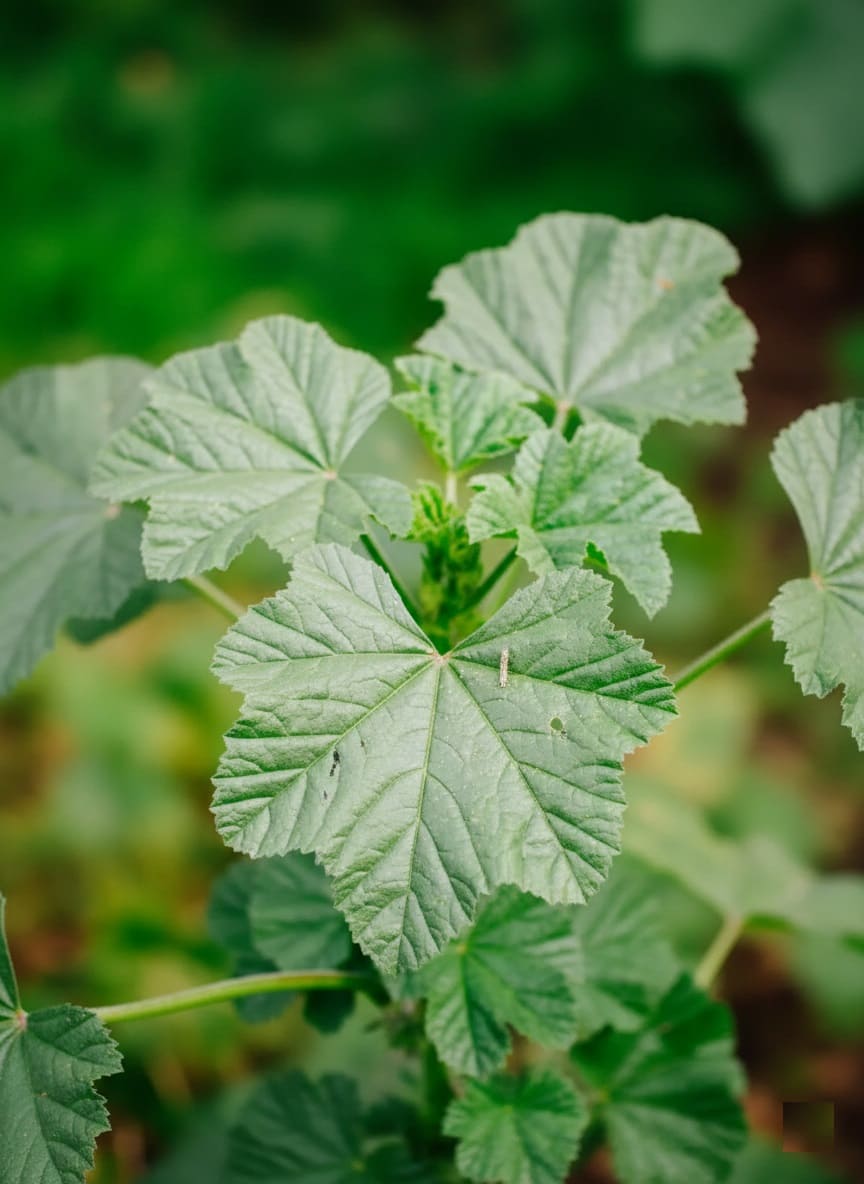
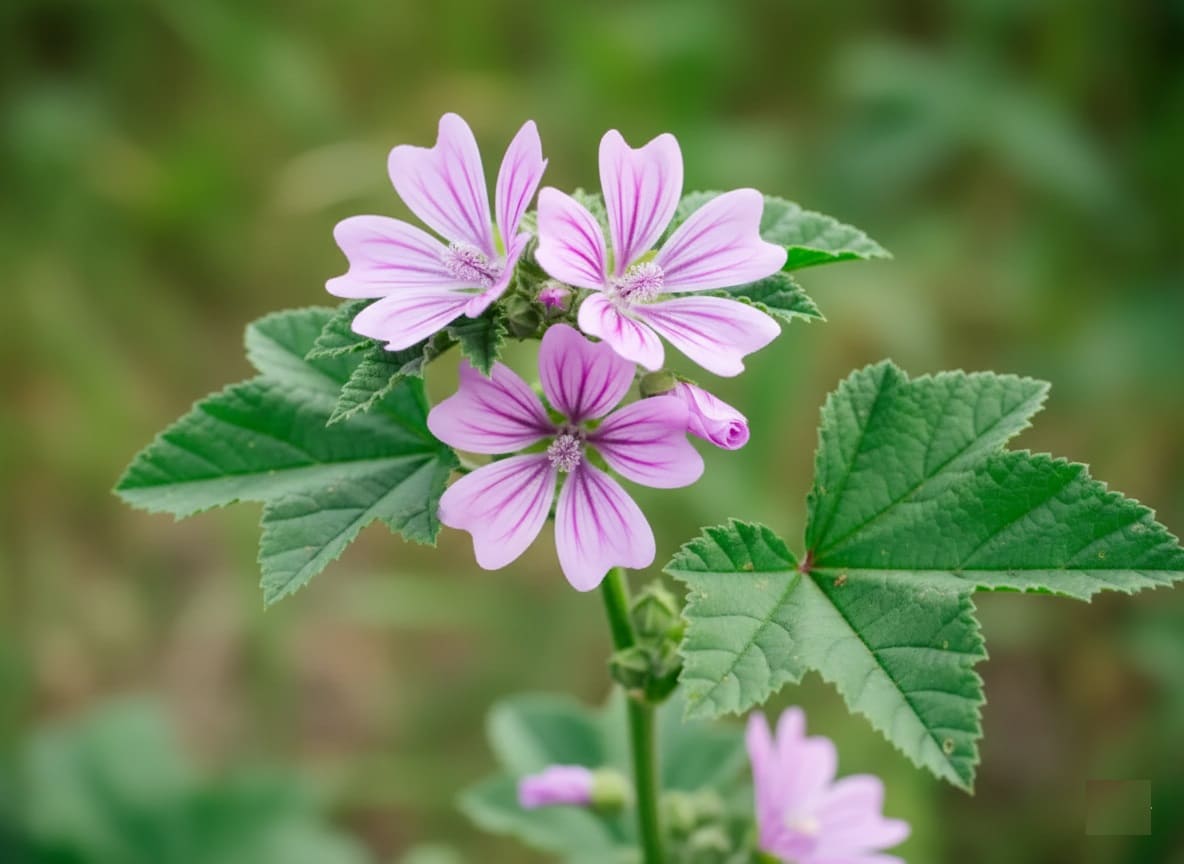
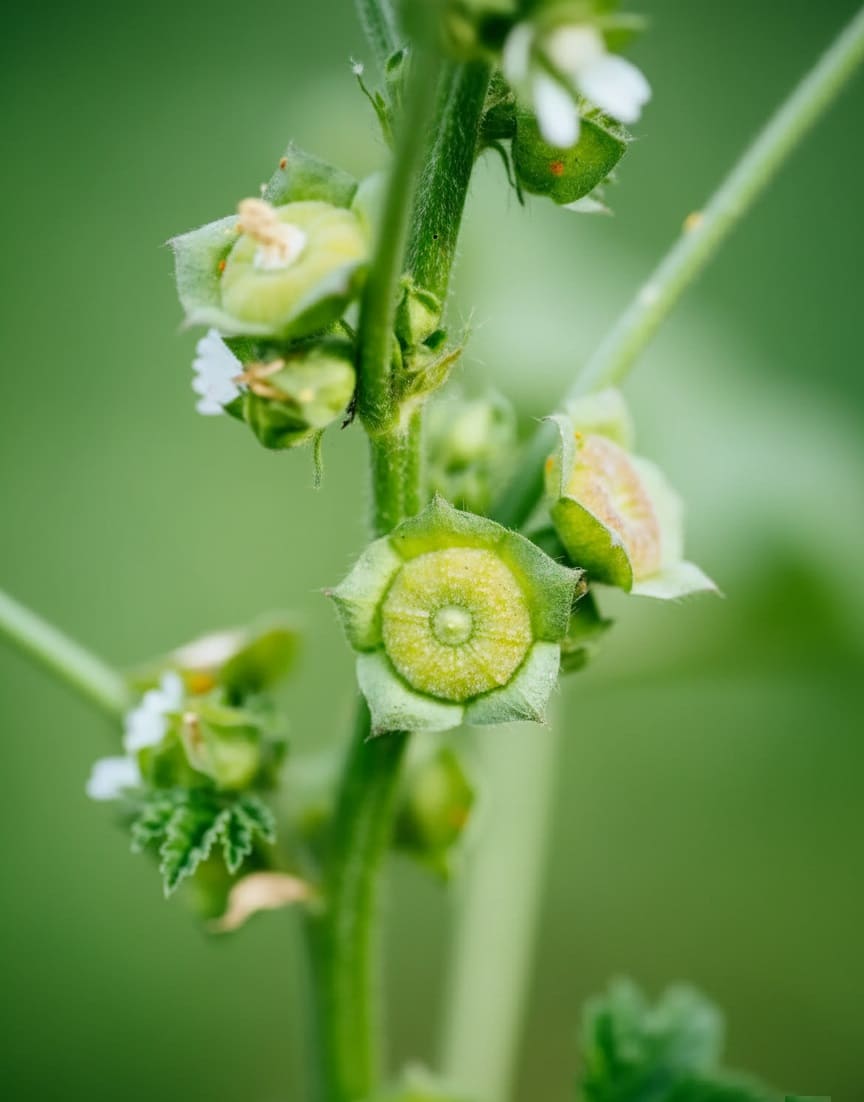
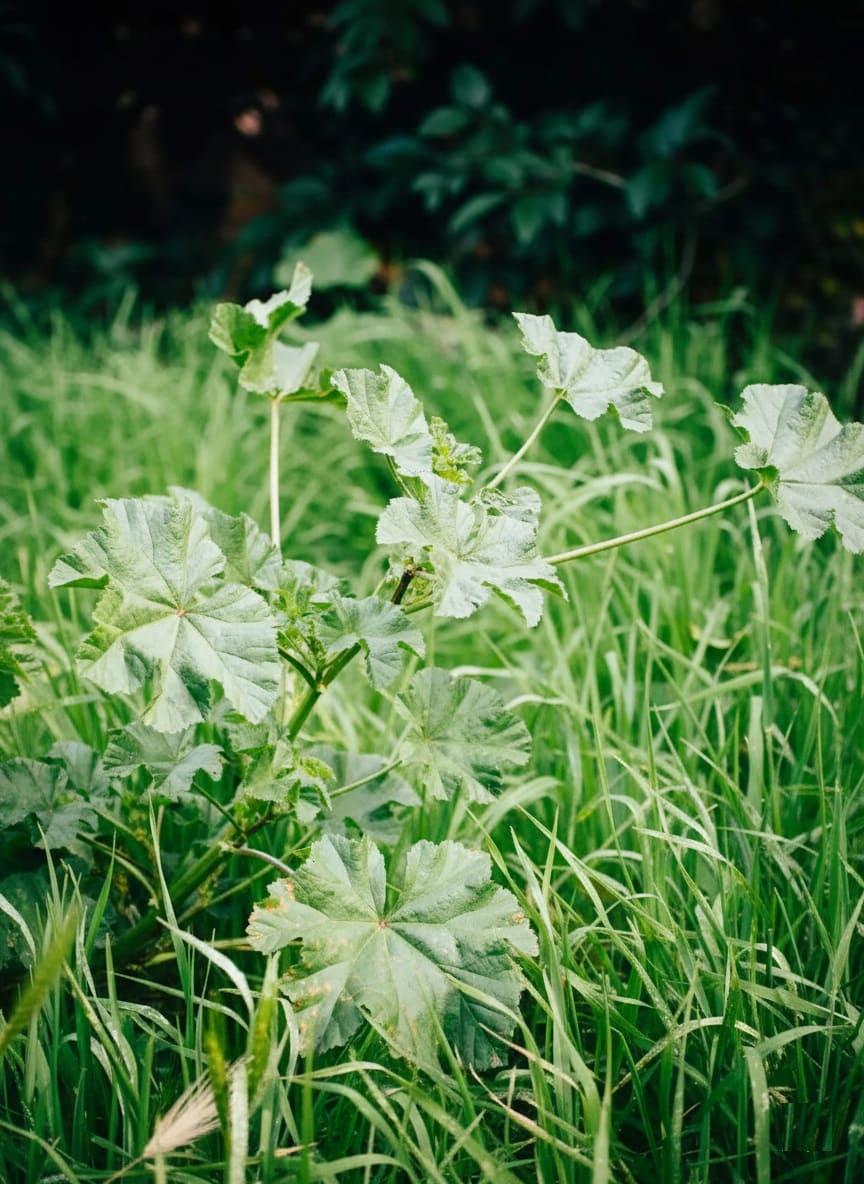
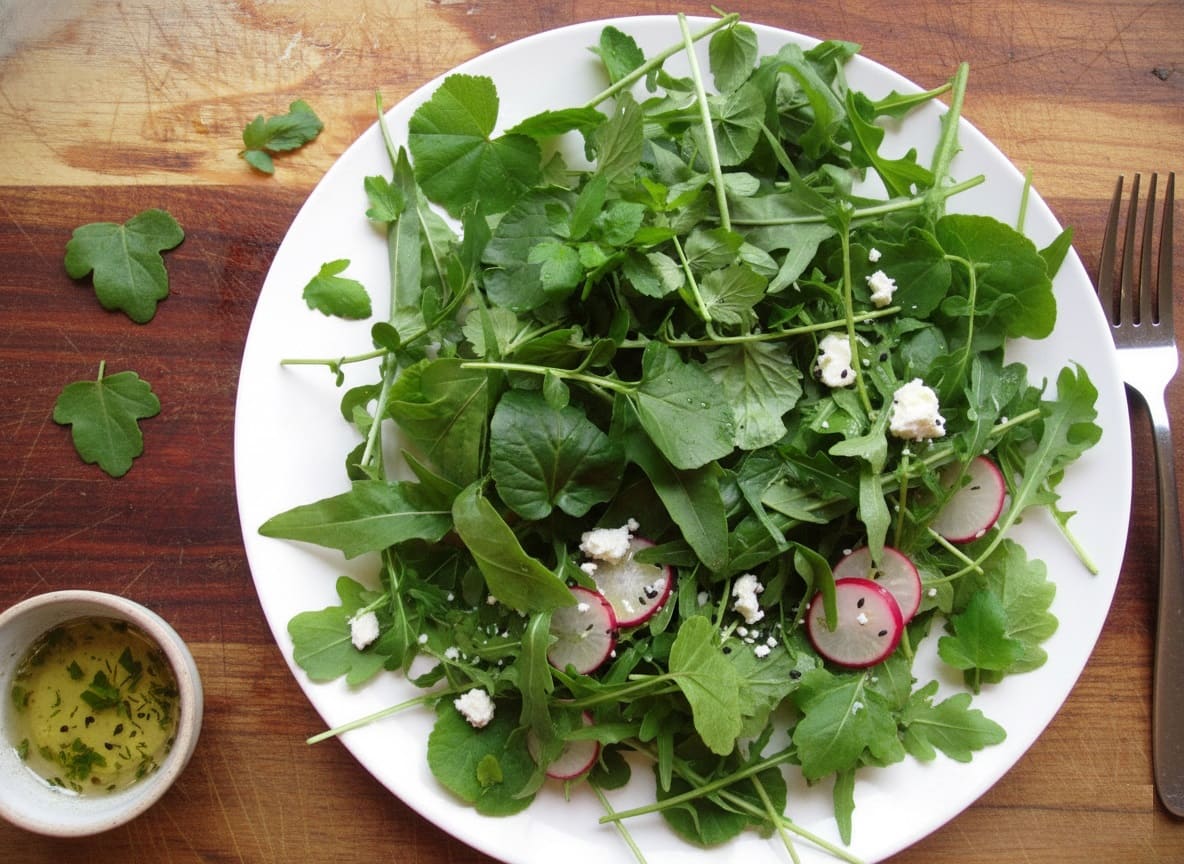
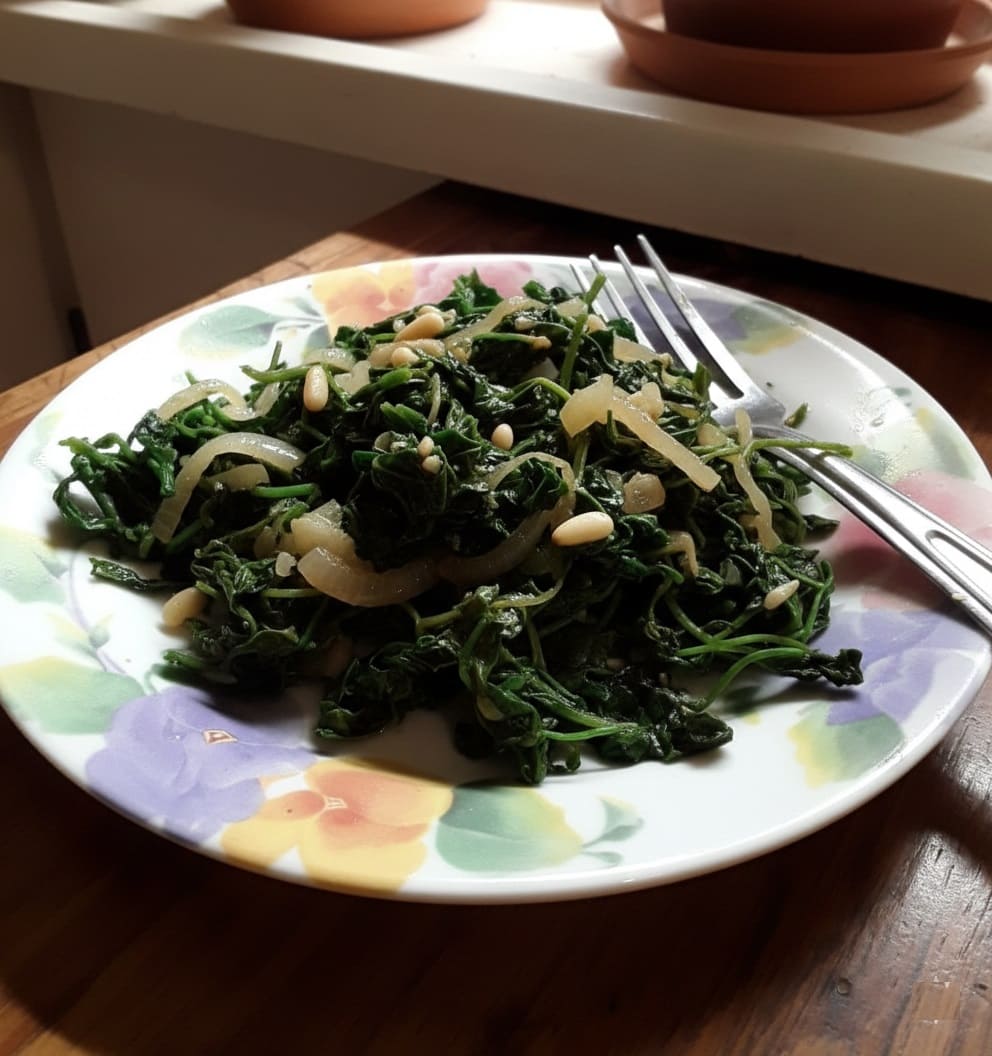
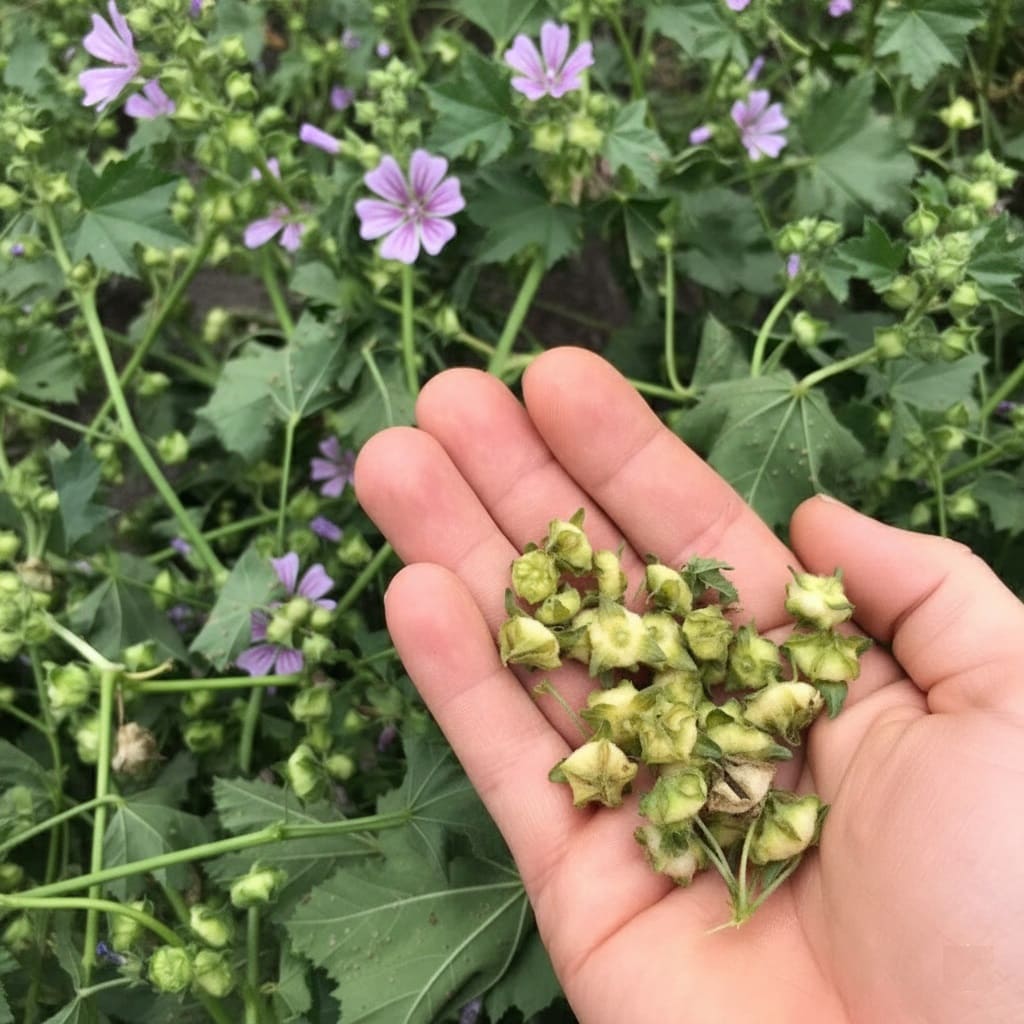
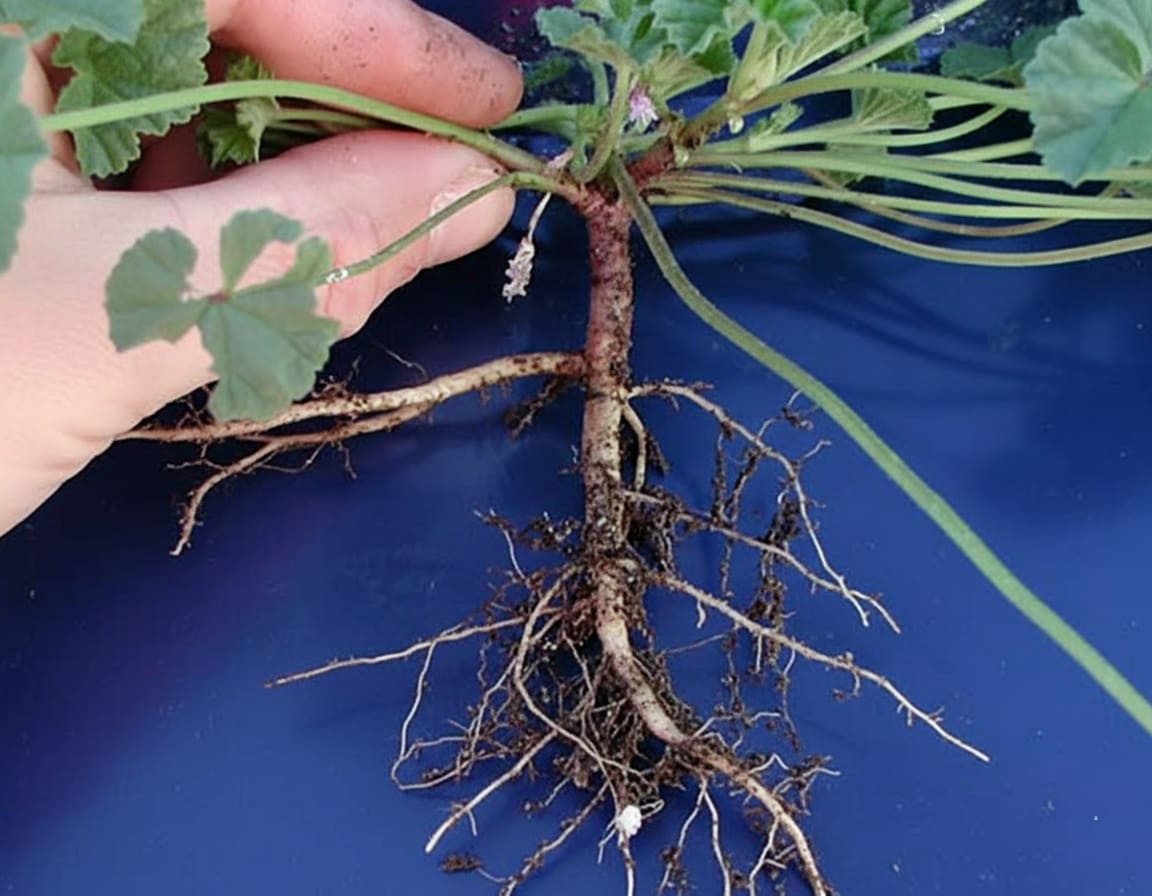
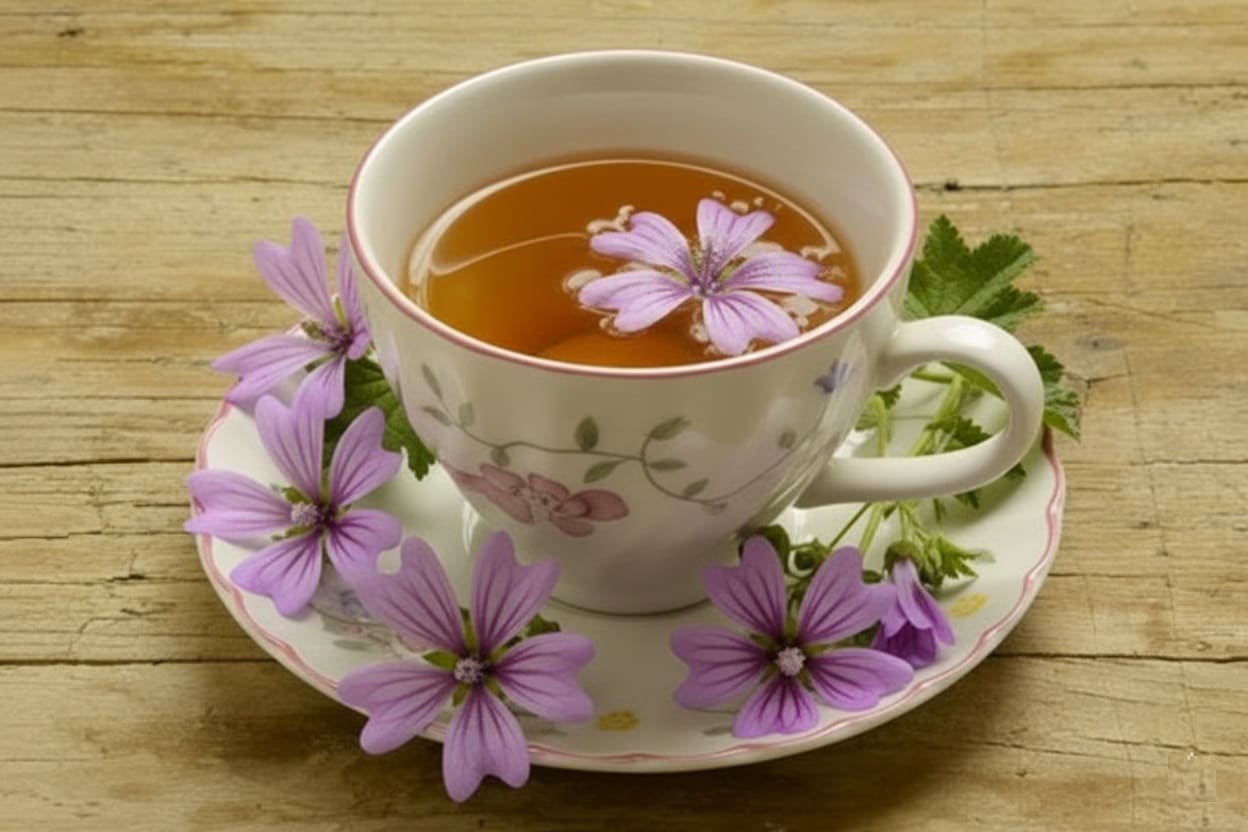
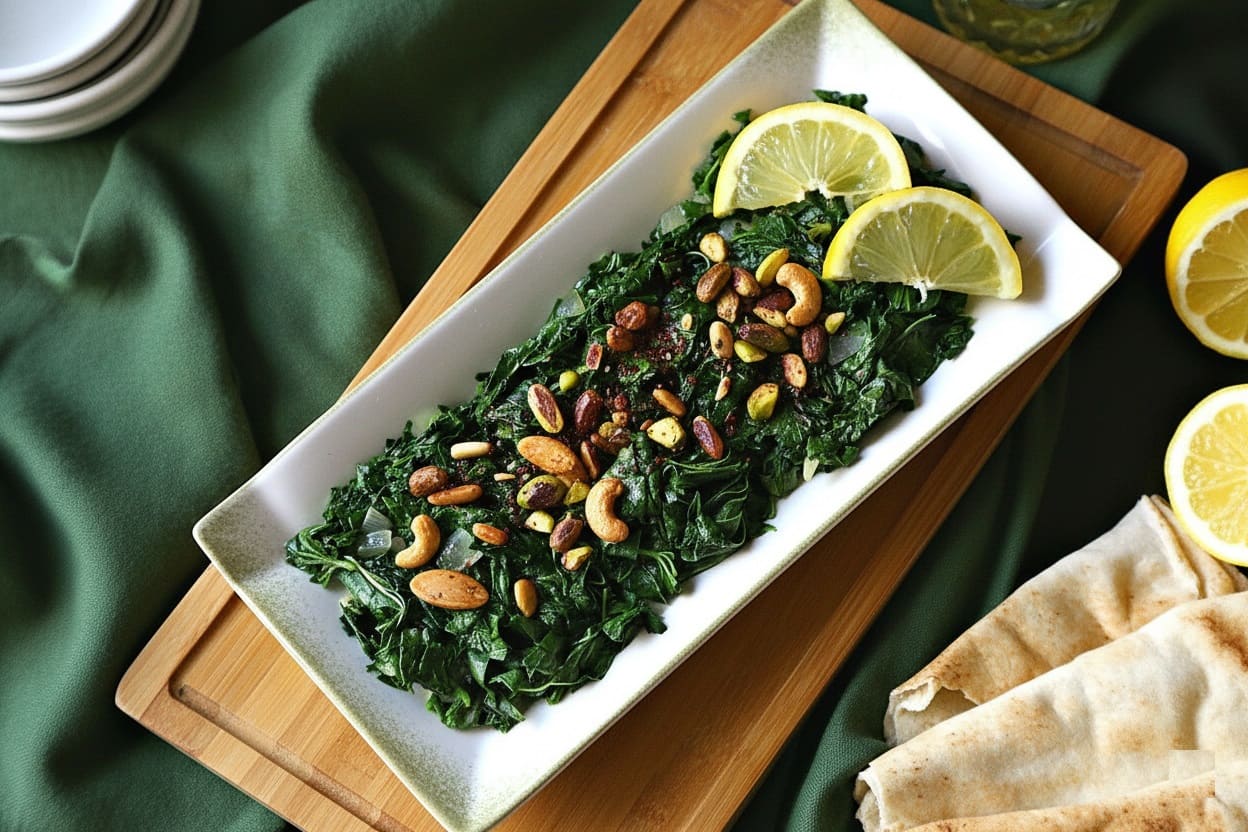
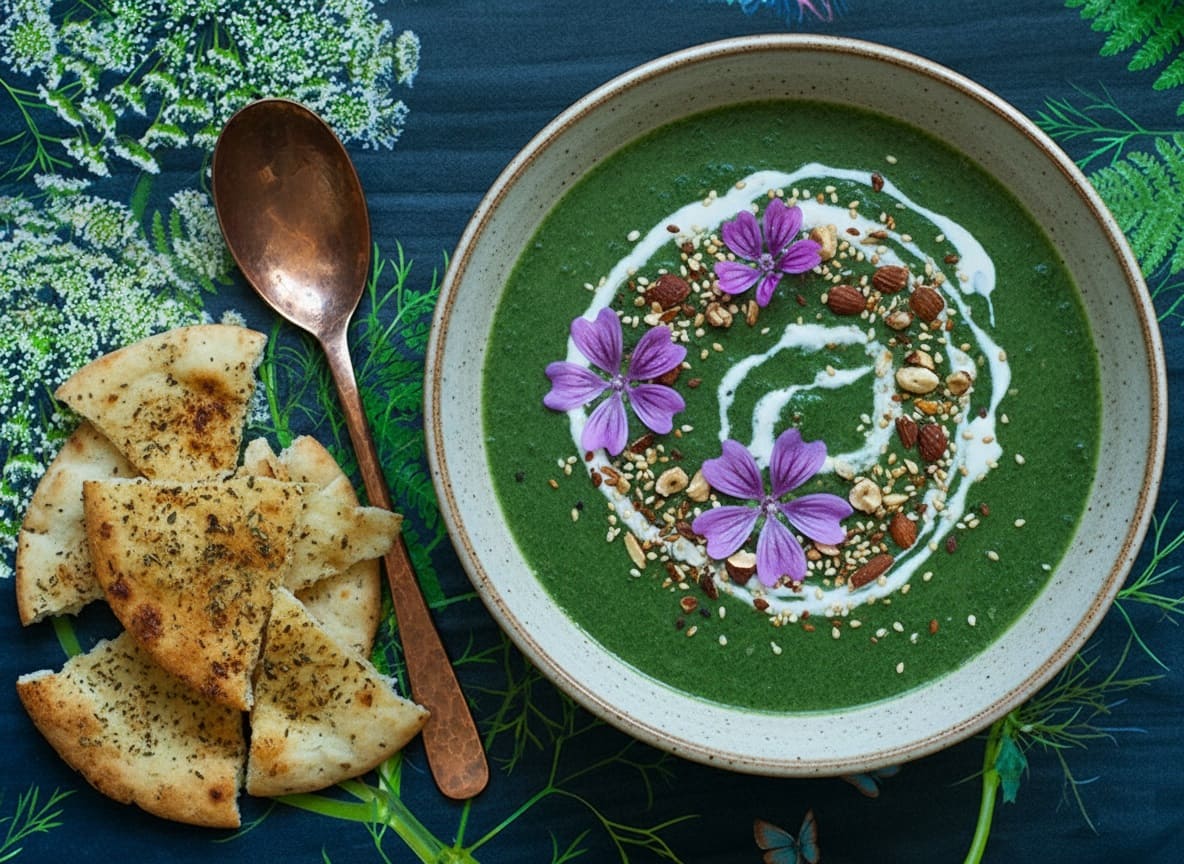
No comments:
Post a Comment